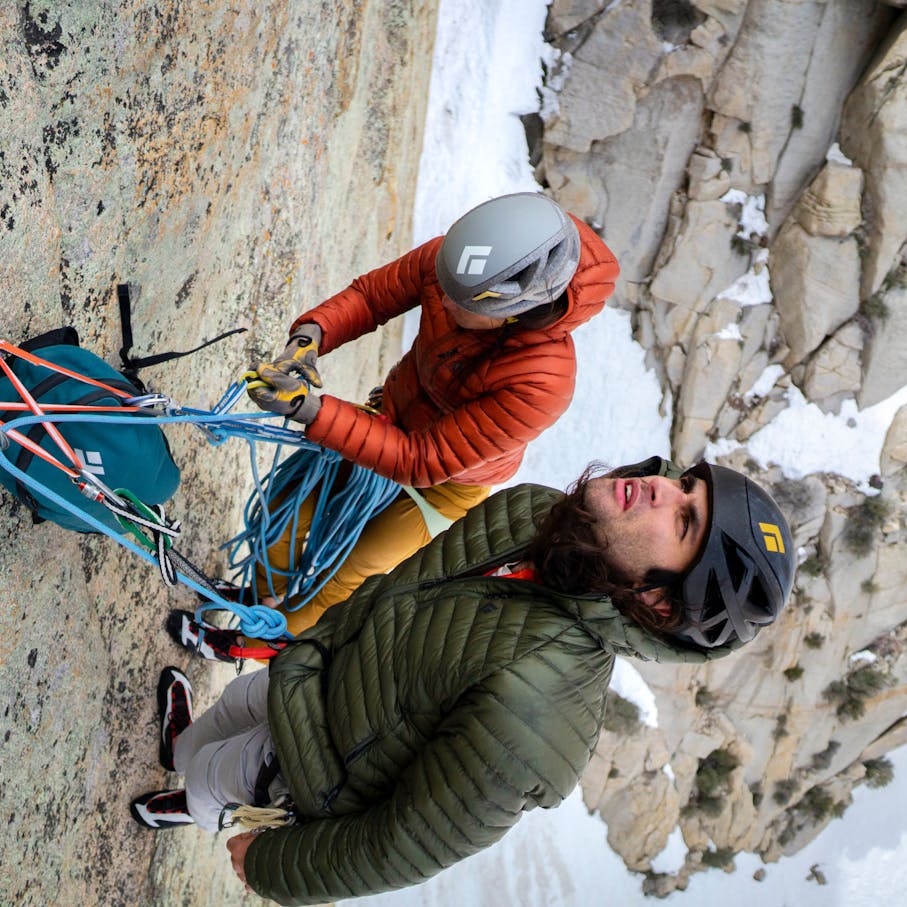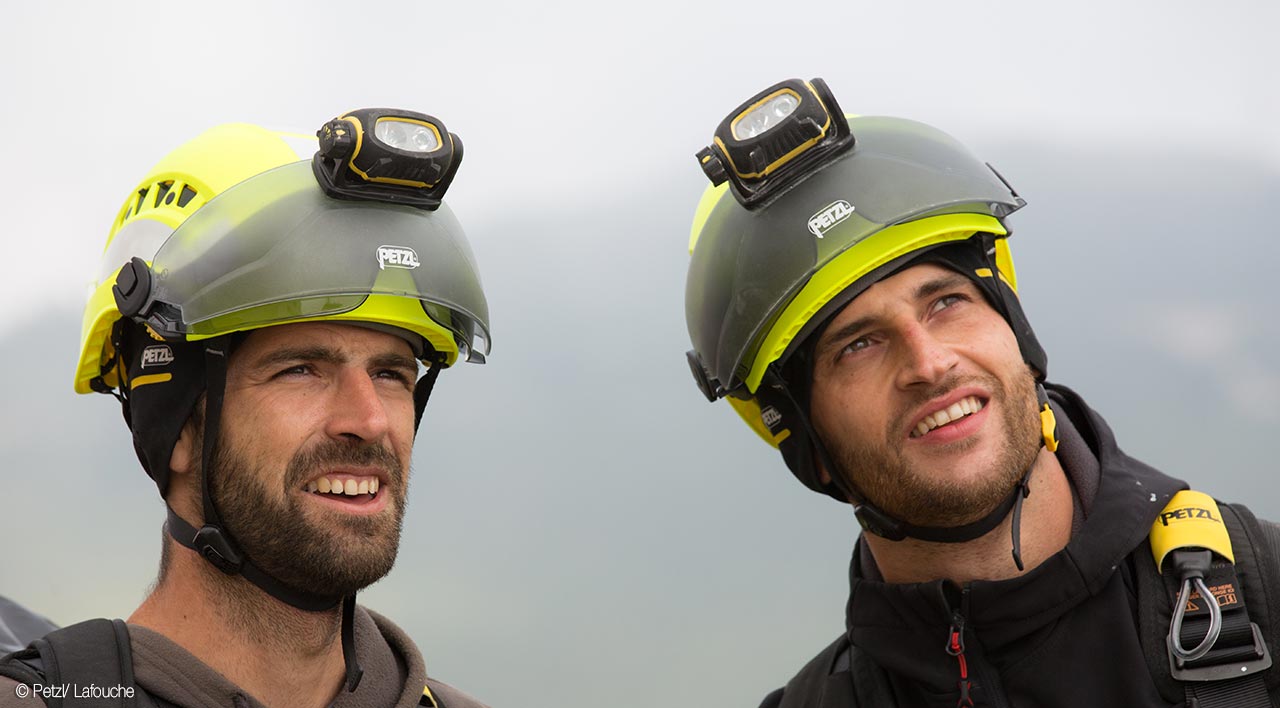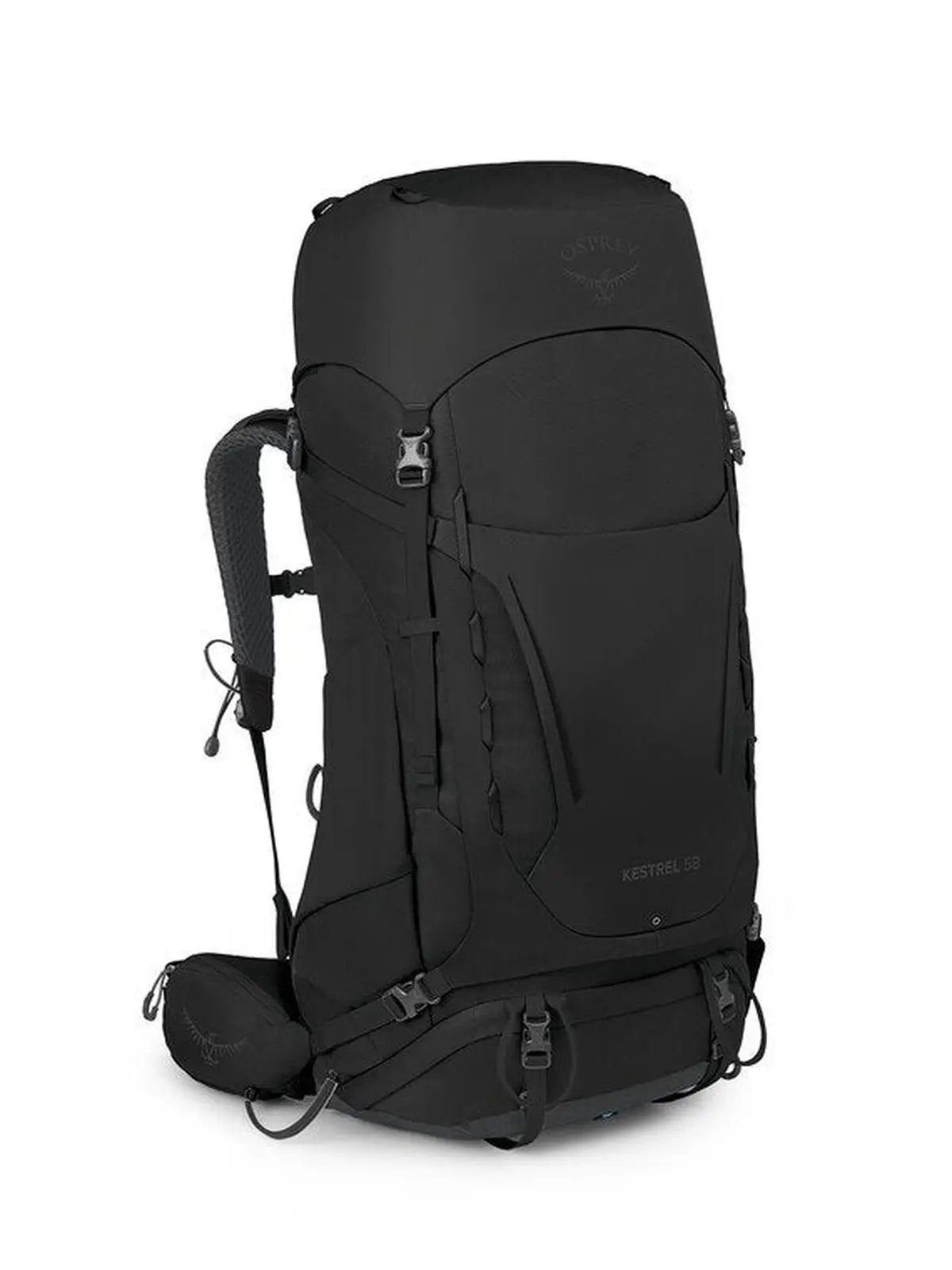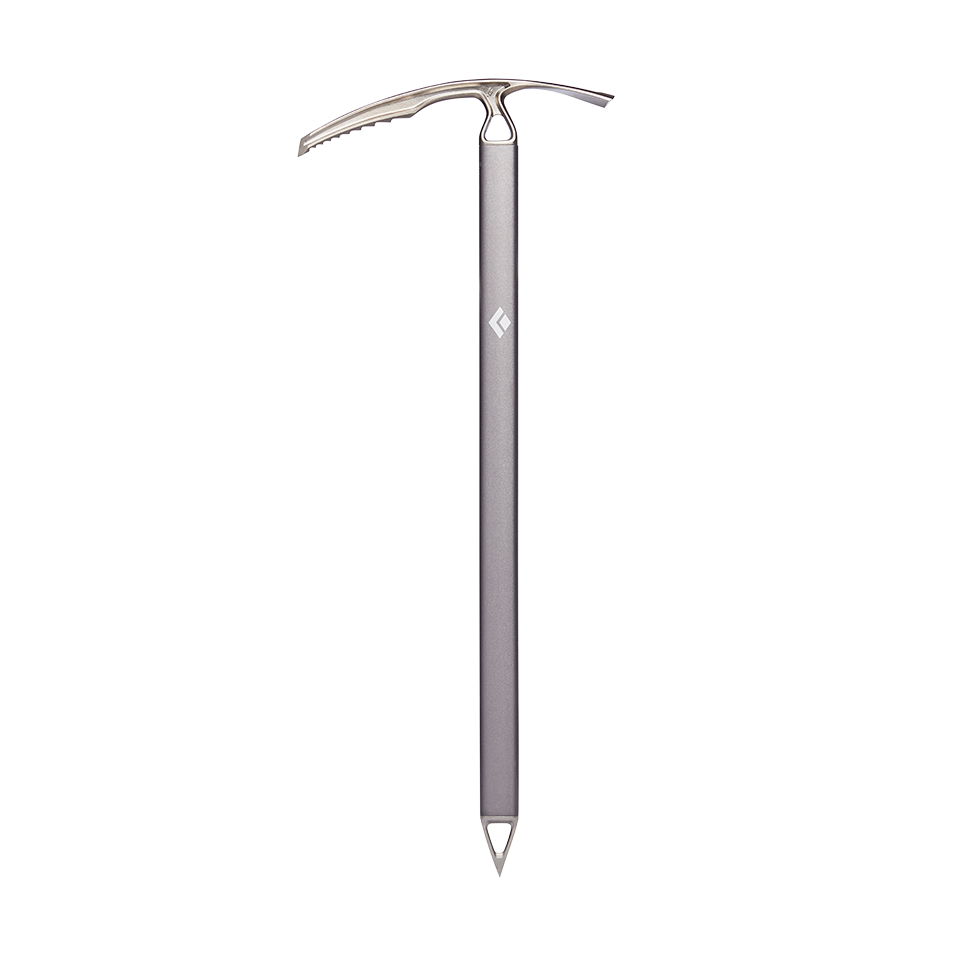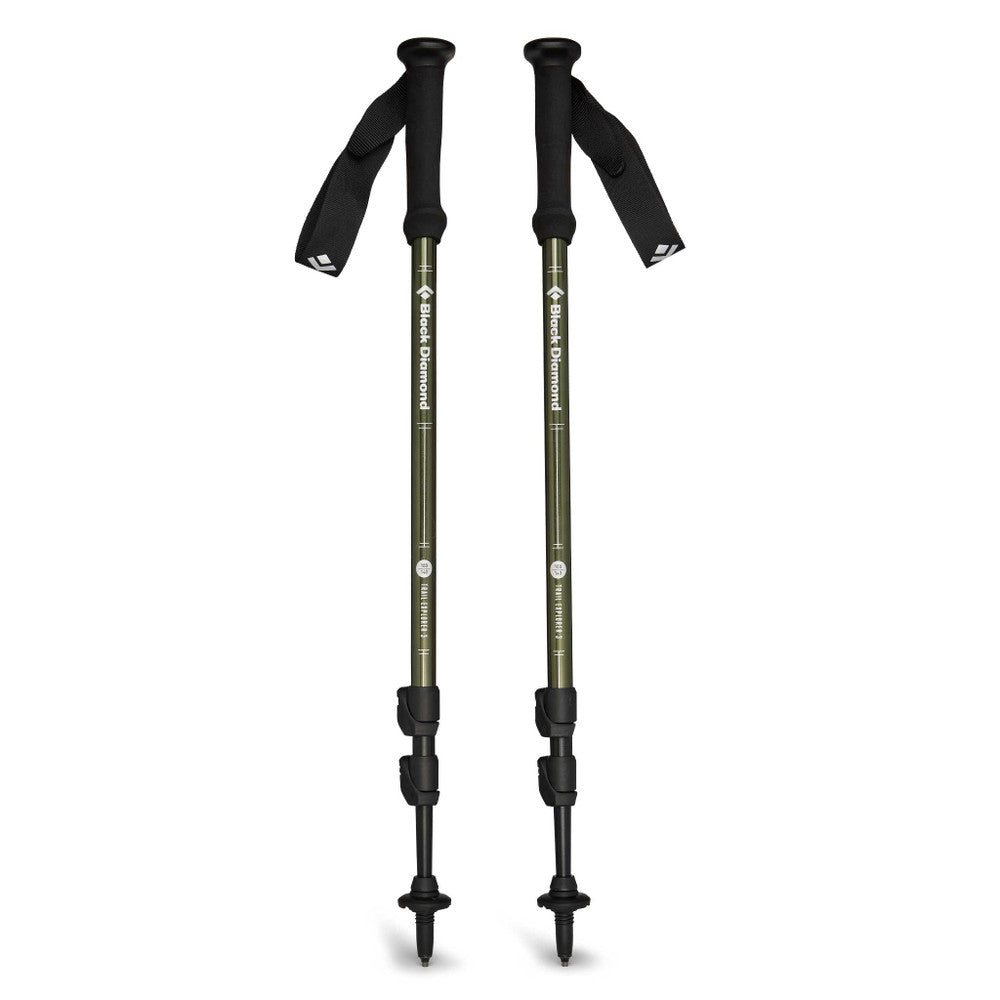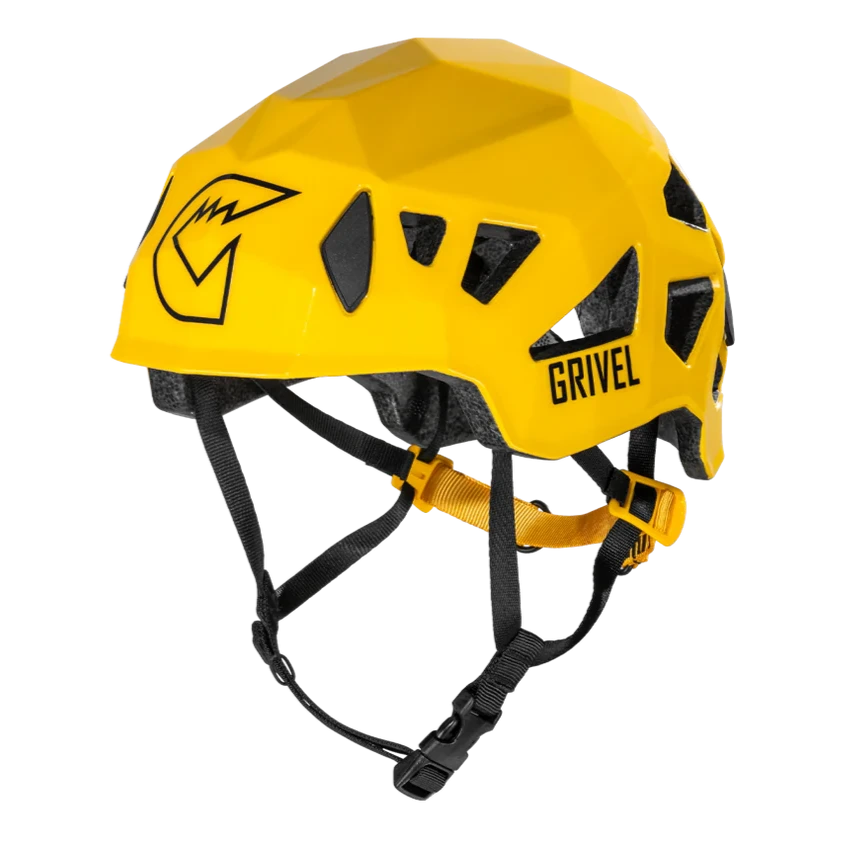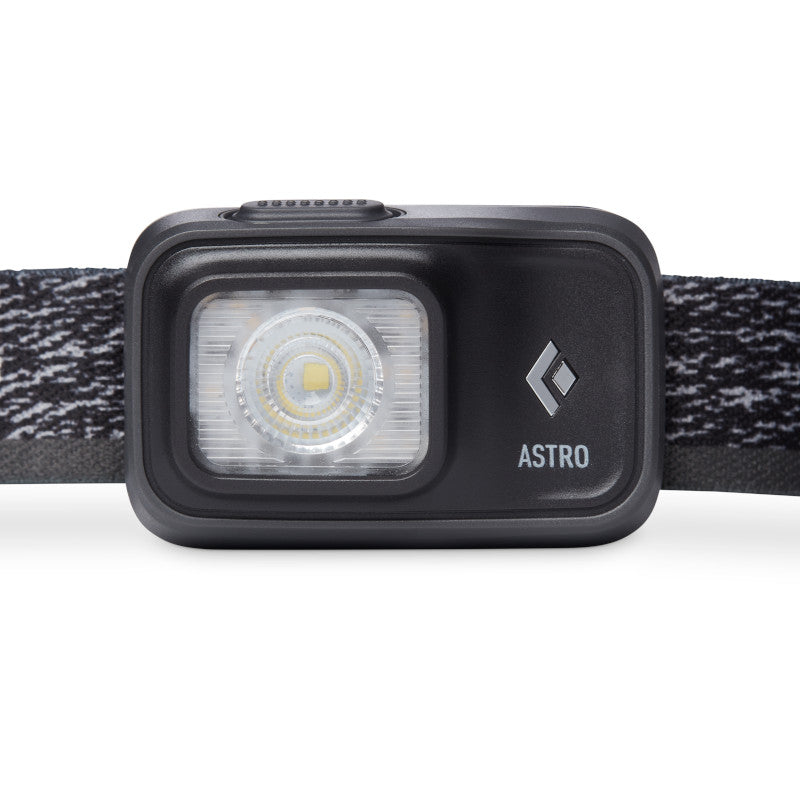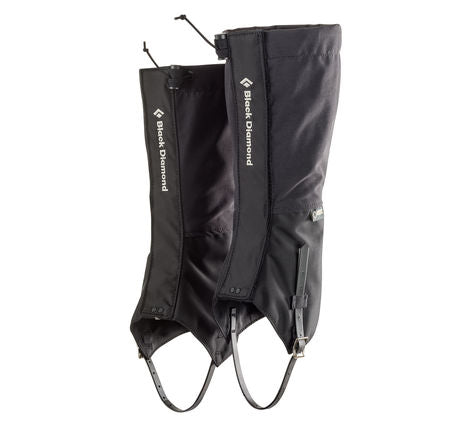
BELAYING TO THE SECOND WITH MICRO TRAXION
SECURE THE SECOND WITH MICRO TRAXION, BE CAREFUL IN THE EVENT OF A FALL
The MICRO TRAXION is not a belay device. It has not been designed or certified for this use. However, for practical reasons, it is sometimes used to belay a climber from the anchor anchor. Petzl has therefore carried out a series of tests to understand the limits and risks of this practice.SECURITY ALERTS
- Please read the technical data sheet carefully before consulting the following techniques.
- You must understand the information in the technical data sheet in order to understand this information supplement.
- Mastering these techniques requires specific training and instruction.
- Please confirm with a professional that you are able to perform these techniques alone and safely before attempting them independently.
The use of a blocking pulley to secure a second climber makes it possible to keep the rope taut above the climber at all times and thus avoid any falls.
To do this, the belayer must be especially attentive, he must retrieve the rope as he progresses and not leave any slack between the anchor and the climber.
In particular, when approaching the anchor and during maneuvers at the belay, a 50 cm rope slack forms very quickly, and every step taken by the climber must be wary.
It is recommended that the climber be informed about the use of this securing technique and know its limits, so that he can take the appropriate precautions.
Some situations can complicate the maneuver and increase the risk:
- Overhang with the risk of the climber not being able to overcome it: if the second is hanging from the rope, it is very difficult to allow him to descend safely. The belayer should rather consider a haul-up to help him overcome the step.
- End of long, slung: when the last quickdraw is released, there is a risk of falling directly onto the anchor. If the rope has been recovered correctly following the climber's progress, this is a pendulum fall.
- Possible movements during the maneuvers at the anchor. Attention, the climber must not ascend to the level of the anchor and/or above the MICRO TRAXION.
Tests carried out to better understand the risks of this use:
The drop tests were carried out on a soft dummy (behaviour similar to that of a human body). Please note that the results of these tests should be taken as an indication only, as many factors can aggravate the results. In any case, it is advisable to avoid any falls.
Note: Only one complete rope break was observed during these tests, on a very worn rope (red result). The results marked in orange represent the breakage of the rope sheath and one or more core threads, and this already corresponds to a particularly dangerous situation for the climber.
Measurement of the height of the critical fall as a function of the climber's weight.
Test carried out in factor 1 fall, with new 9 mm VOLTA GUIDE rope.
Comparison in fall factor 1, with a new 7.7 PASO double rope end.
Comparison of results when using a worn rope
Please note that the behaviour of worn ropes cannot be repeated (depending on their degree of wear and the type of wear), these results are only indicative (the tests were carried out on a very worn rope, at the end of its useful life).
Essentially, it should be noted that in this use, a worn rope must be used with even more care than a new rope (unlike in a downhill braking situation where the new rope tends to be more slippery).
Pendulum drop tests
In the case of a long flanking finish, the risk of a pendulum fall cannot be avoided.
The tests were carried out for a fairly real case of a fall with 2 m of rope when the climber is 1.8 m from the anchor, at the same level.
Tests carried out with new rope only.
